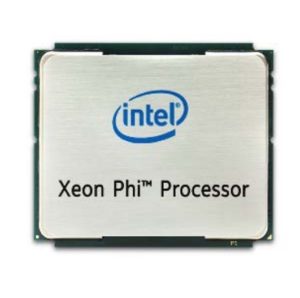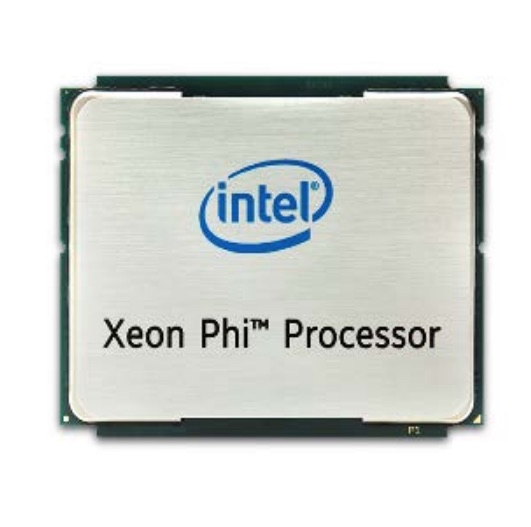 In this video, Adrian Jackson from EPCC at the University of Edinburgh presents: Knights Landing KNL Overview.
In this video, Adrian Jackson from EPCC at the University of Edinburgh presents: Knights Landing KNL Overview.
“It was recently announced that a 12-node Cray system containing Intel’s new Knights Landing (KNL) manycore processors is to be added to the existing ARCHER service. This tutorial will focus on the architecture of the Intel Xeon Phi processor, including details of its new high-bandwidth memory and a discussion of how best to use all of the 250-plus possible threads of execution in real applications. The tutorial should be of interest to anyone considering porting applications to Knights Landing.”
As Jackson wrote in his blog recently, one of the major differences between KNL and its predecessor, KNC, is that this new processor can be self-hosting, ie it does not need to be alongside a standard processor as current GPUs or KNCs do.
We have been working for a number of years on porting computational simulation applications to the KNC, with varying successes. We were keen to test this new processor with its promise of 3x serial performance compared to the KNC and 5x memory bandwidth over normal processors (using the high-bandwidth, MCDRAM, memory attached to the chip).
Sign up for our insideHPC Newsletter




